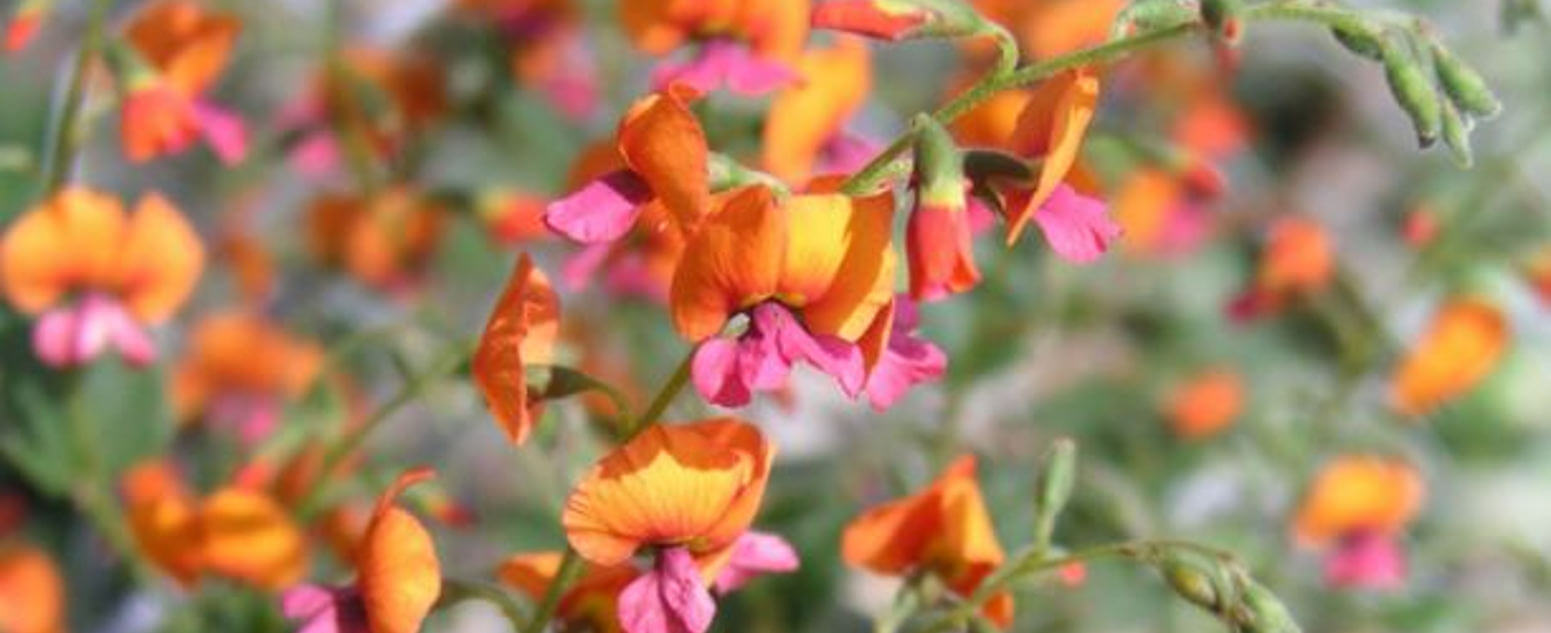Growing Kattang Karpet
Prostrate Casuarina glauca are ideal landscaping plants for the home garden, they're a living mulch, suppress weeds and retain soil moisture.

The cultivar ‘Kattang Karpet’, a Casuarina glauca form, is grown extensively at the Australian Botanic Garden Mount Annan and we recommend its suitability for rockeries and overhanging wall gardens.
Kattang Karpet is a slow to moderate-growing prostrate fine-leaf form of the common She Oak seen growing throughout eastern Australia mainly around moist gullies, streams and waterways, reaching 30 cm in height and 2 m in width. ‘Kattang Karpet’ provides the perfect landscape contour as, natural living mulch which will help to suppress weeds and retain soil moisture.
History
Whilst conducting field studies in 1998, an unusual form of Casuarina glauca was discovered by one of our horticulturists laying flat and hanging precariously on a cliff edge in the Kattang Nature Reserve. Cuttings were taken to the nursery at the Australian Botanic Garden Mount Annan and garden staff planted them in the Connections Garden, where they can still be seen growing to this day.
Planting conditions
We recommend a full sun to part shade position in a wide range of soil types, including light clay or sand. For best results, ‘Kattang Karpet’ prefers a well-drained slightly acid soil on a raised bed with a pH of 5.5 to 6.0.
It is tolerant of light frost when young and may sustain some minor leaf damage and purpling of foliage, but will become hardier with age.
Transplanting
We suggest you refrain from transplanting Casuarina glauca once established.
Irrigation
Monitor watering levels in the first season after planting and during the warmer months of the year to maintain adequate soil moisture. Once established and in the cooler months of the year, we suggest avoiding watering to minimise fungal problems.
Fertiliser
Fertilise with a general purpose three to four-month slow-release fertiliser suitable for natives in spring and autumn. Supplementary applications of a complete liquid fertiliser at monthly intervals will assist with plant health and vigour, especially in the early stages after planting.
Mulching
After planting, we recommended you mulch around the plant to a depth of 5 cm to conserve soil moisture and to assist with plant health.
Pruning
Pruning is not generally required for plant health or vigour but can be conducted for aesthetic reasons.
Pests and diseases
‘Kattang Karpet’ is susceptible to powdery mildew during cool moist weather, especially in shady areas and should be monitored and treated with an appropriate organic fungicide if necessary. Keep an eye out for leaf damage, which can show evidence of leaf-chewing caterpillars.
Grow a Kattang Karpet at home
If you're looking for a weed-suppressing landscaping plant, pop into your nearest Growing Friends in the Royal Botanic Garden Sydney, the Australian Botanic Garden Mount Annan or the Blue Mountains Botanic Garden Mount Tomah and ask one of our plant-savvy volunteers to show you the ‘Kattang Karpet’.